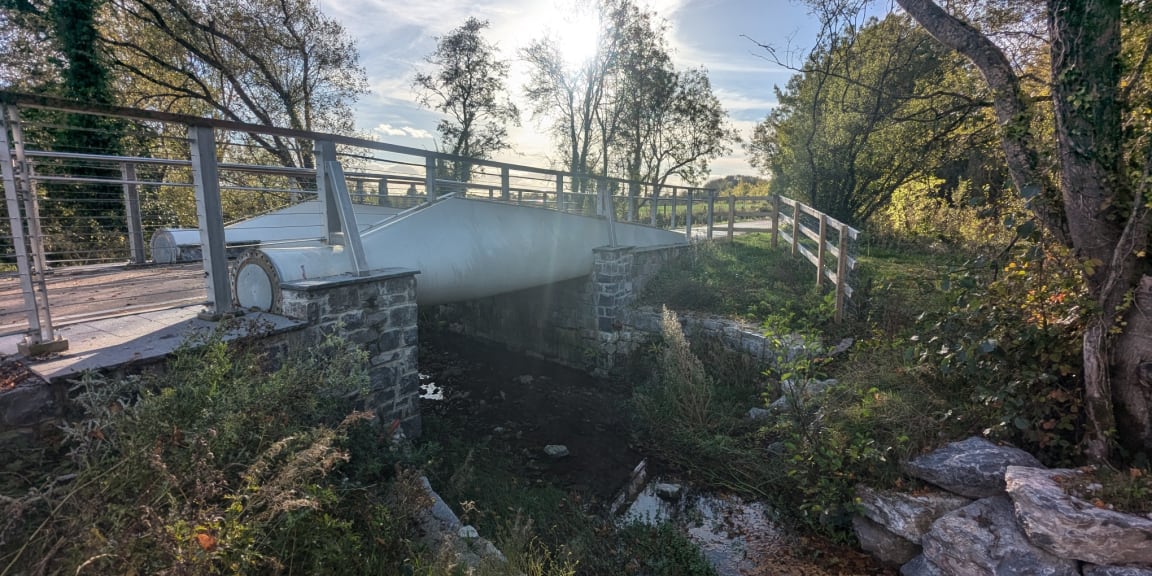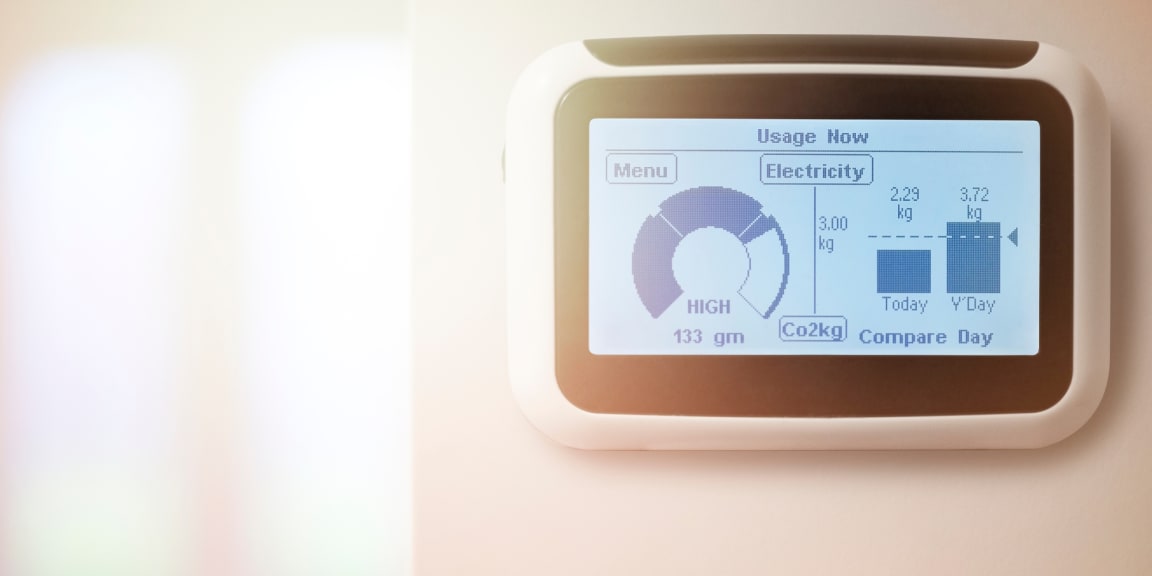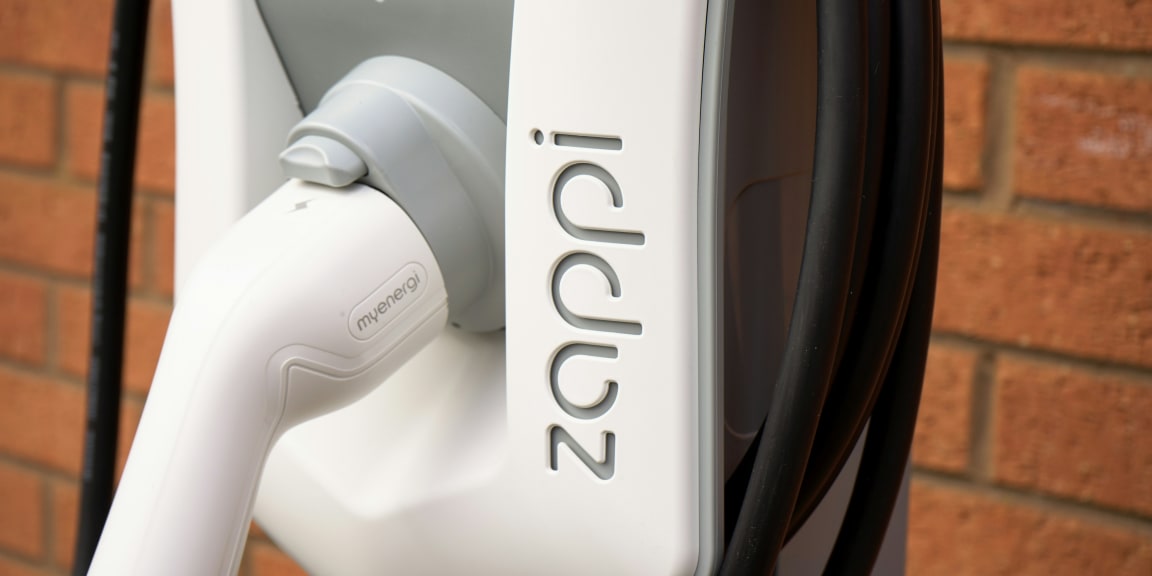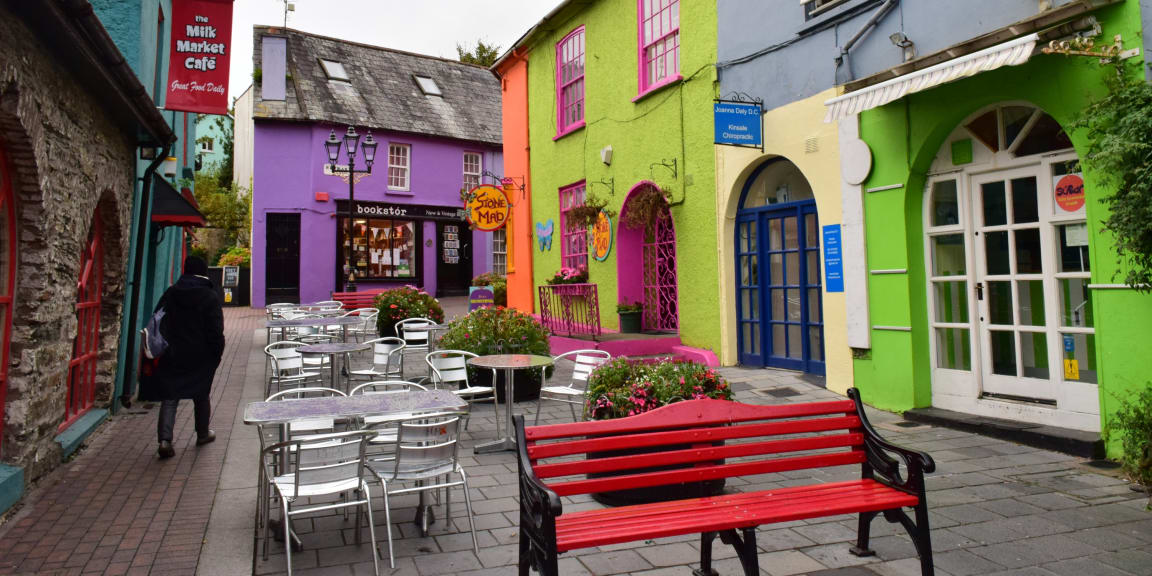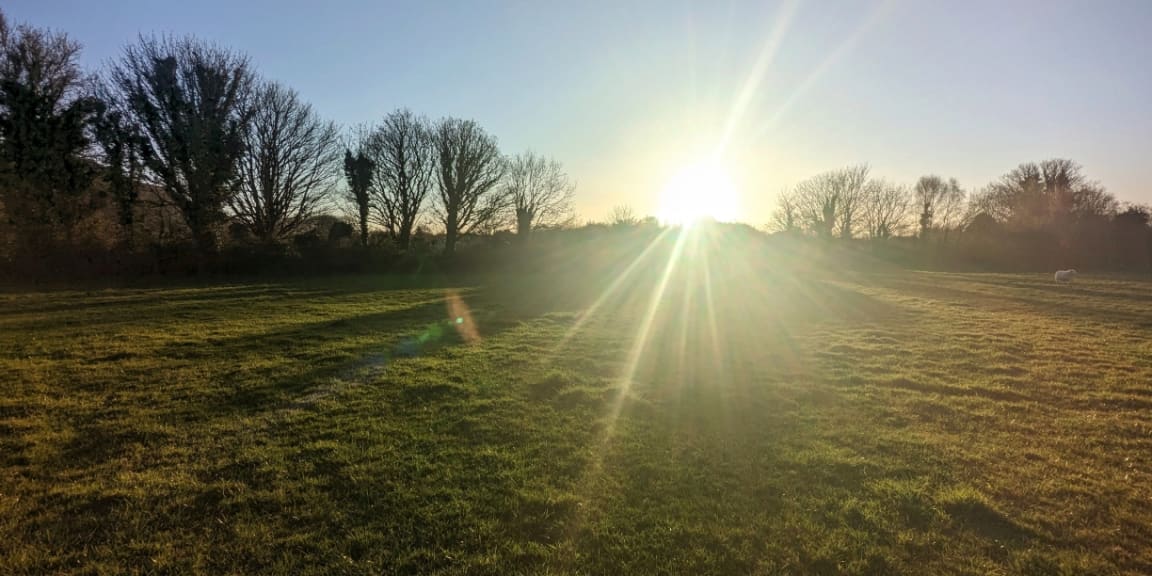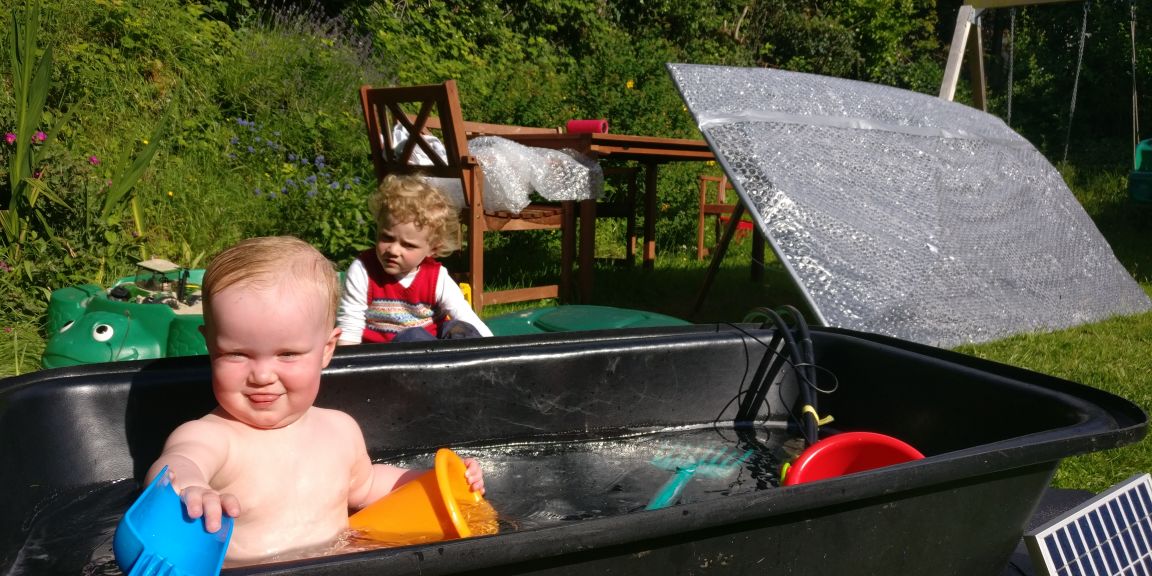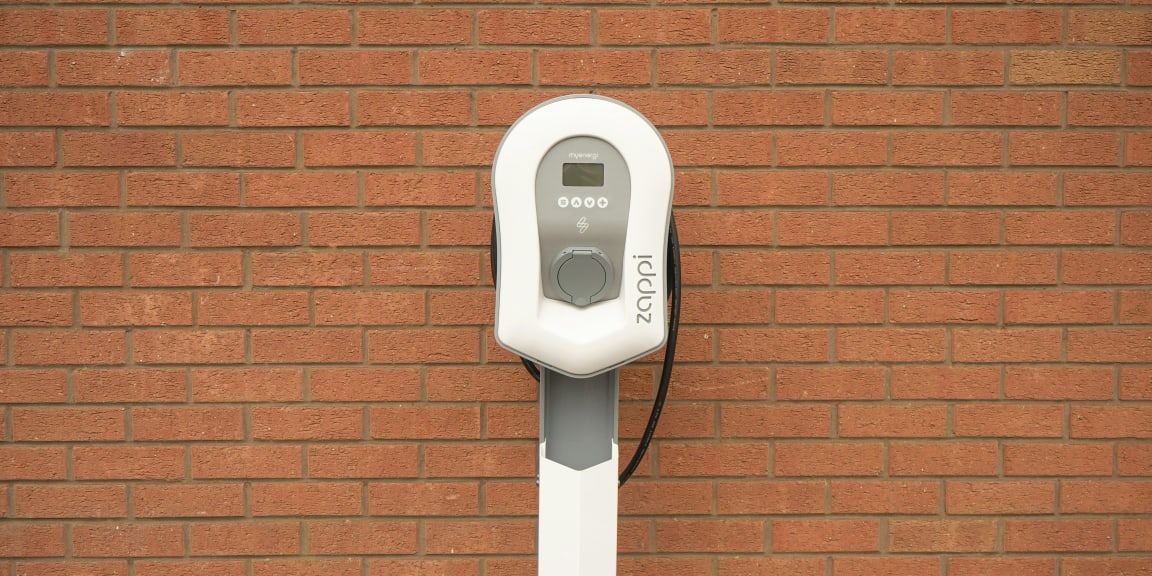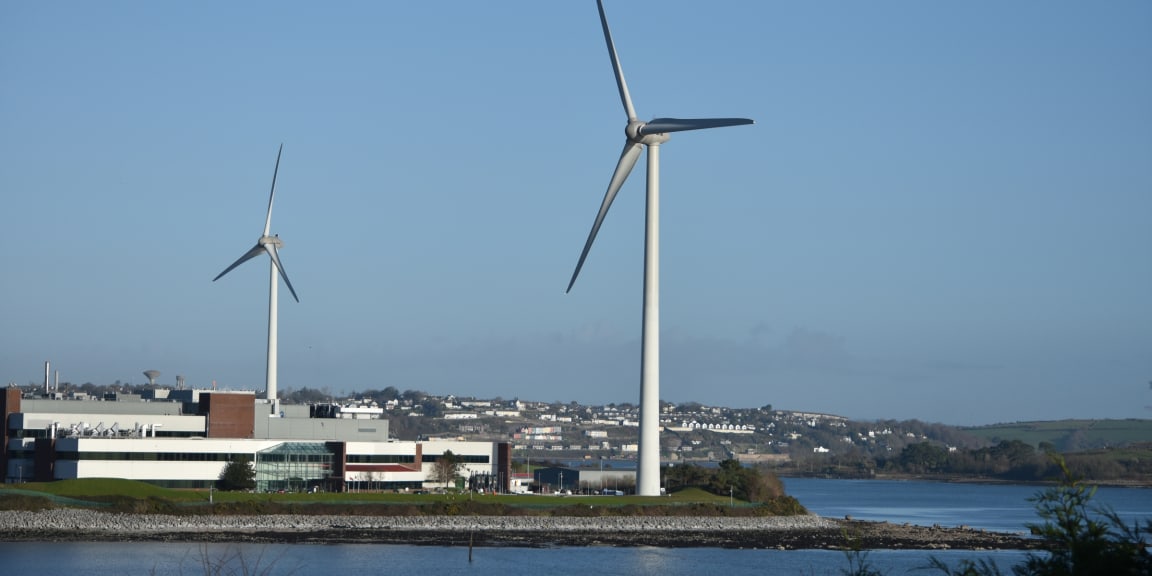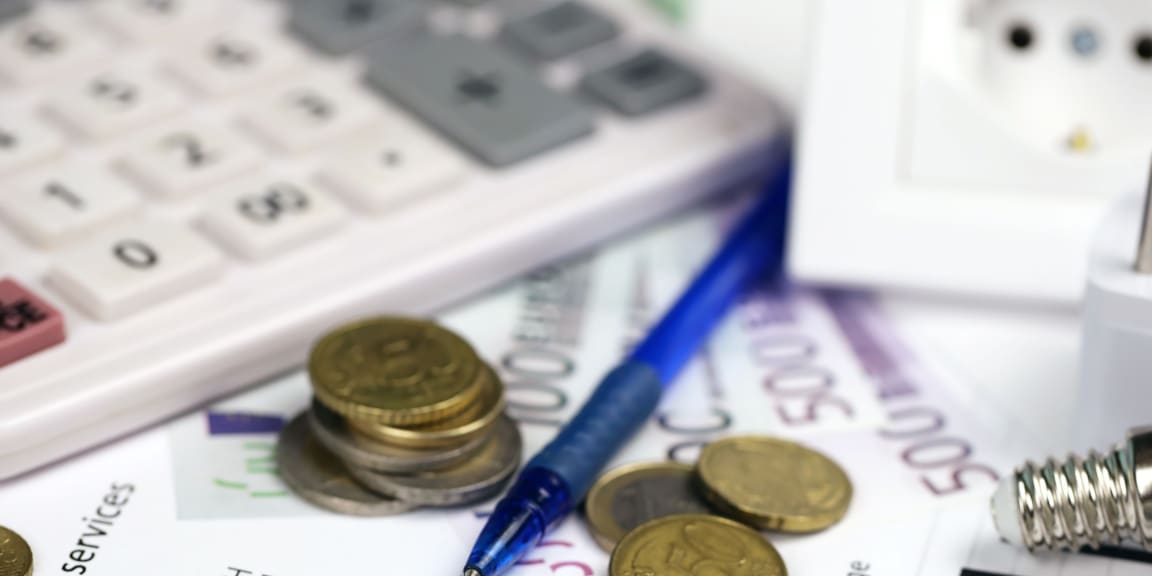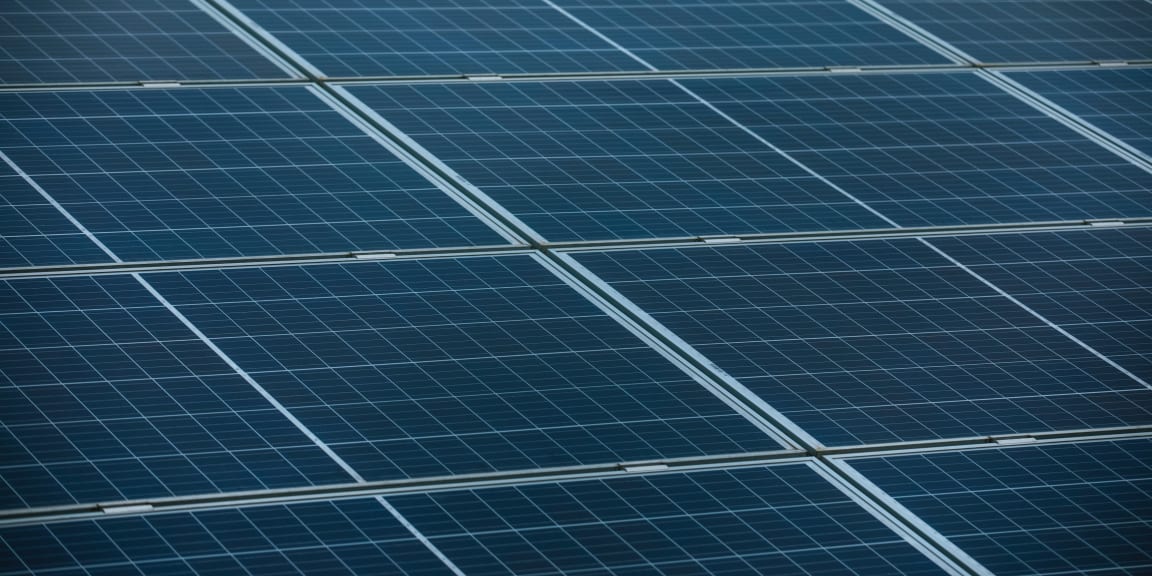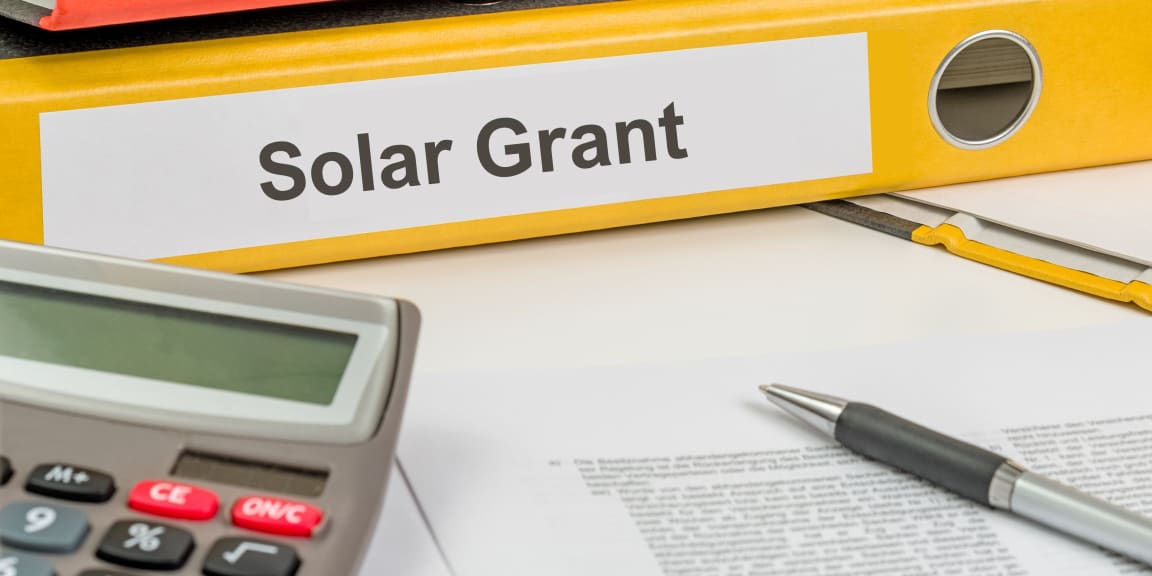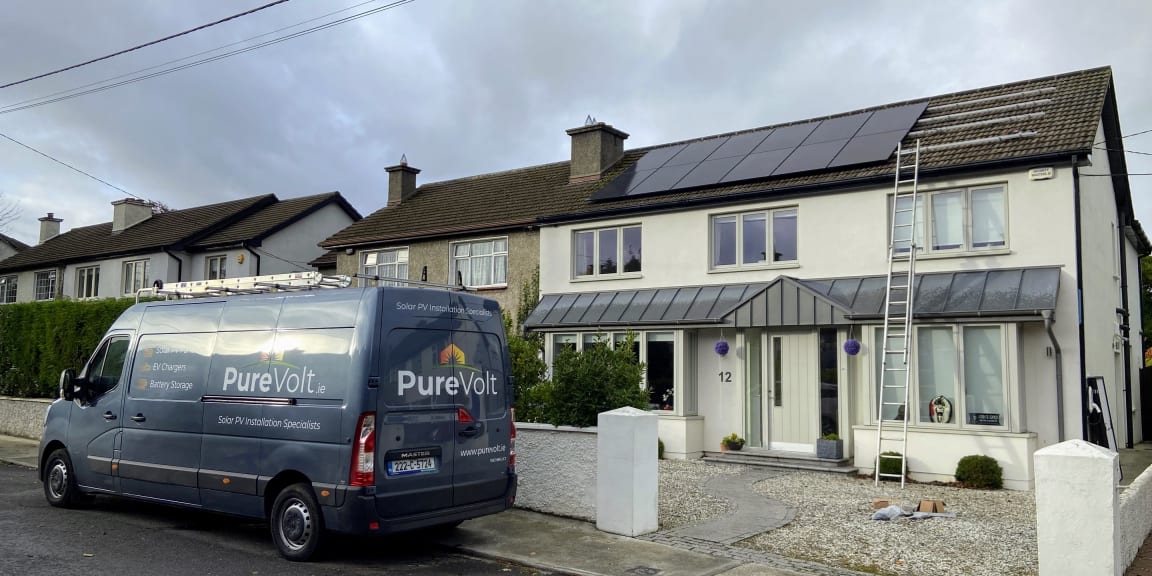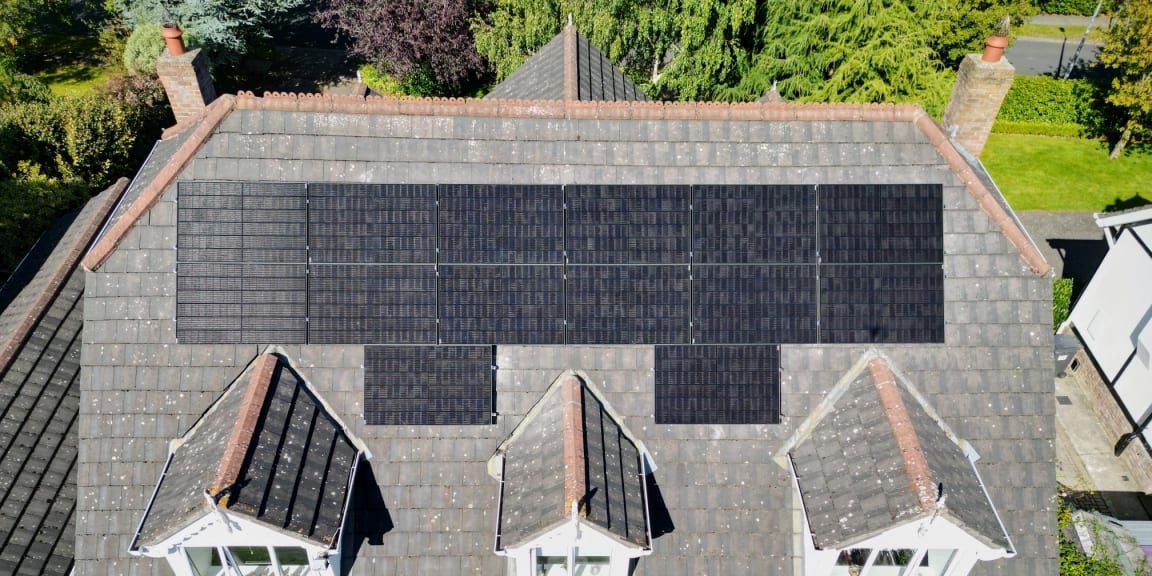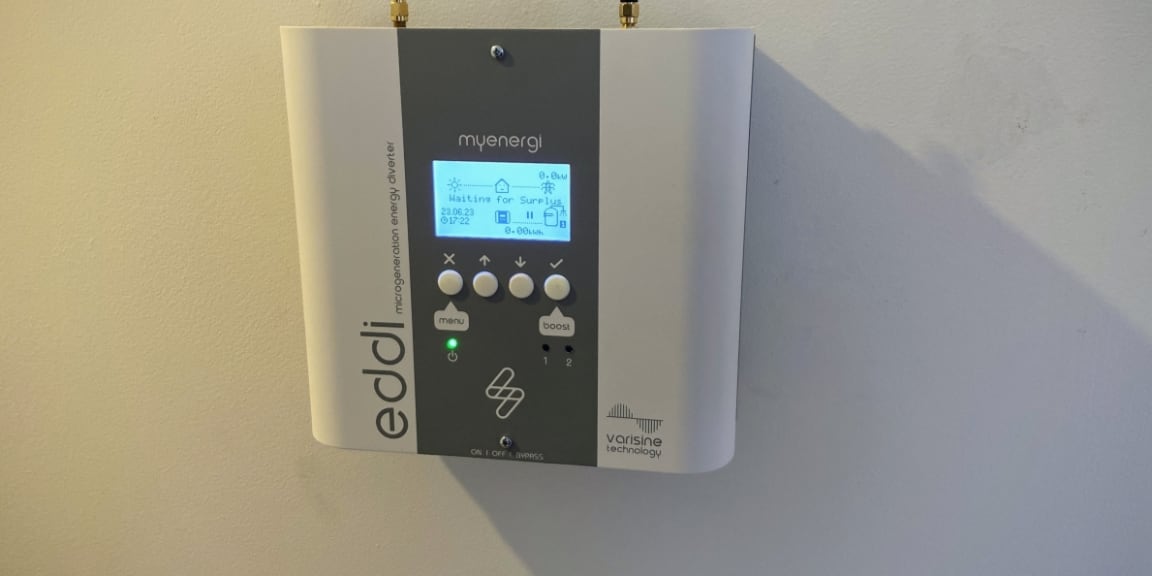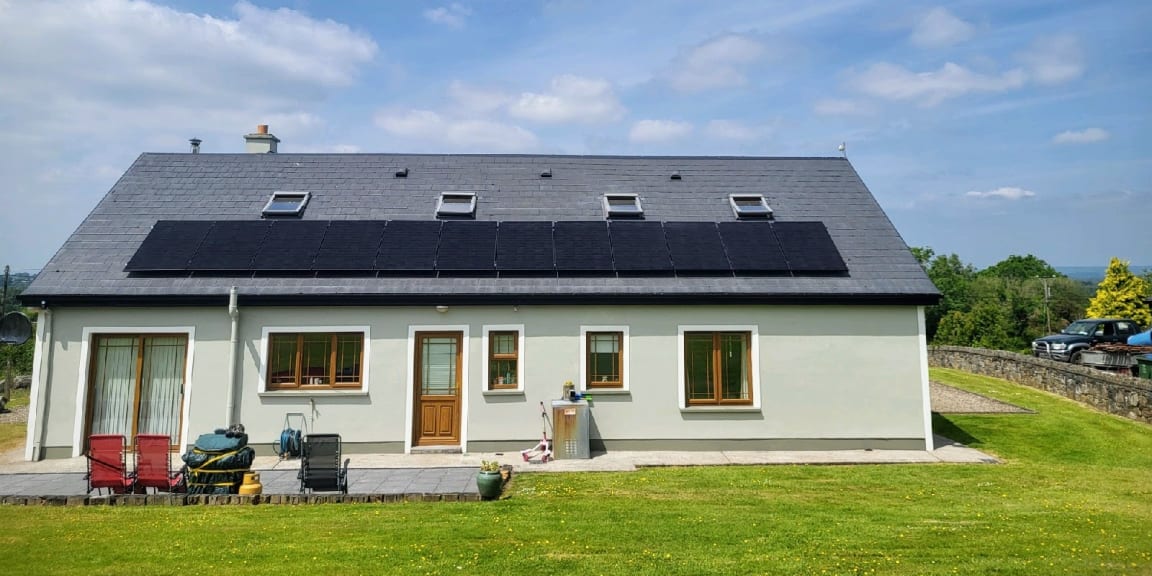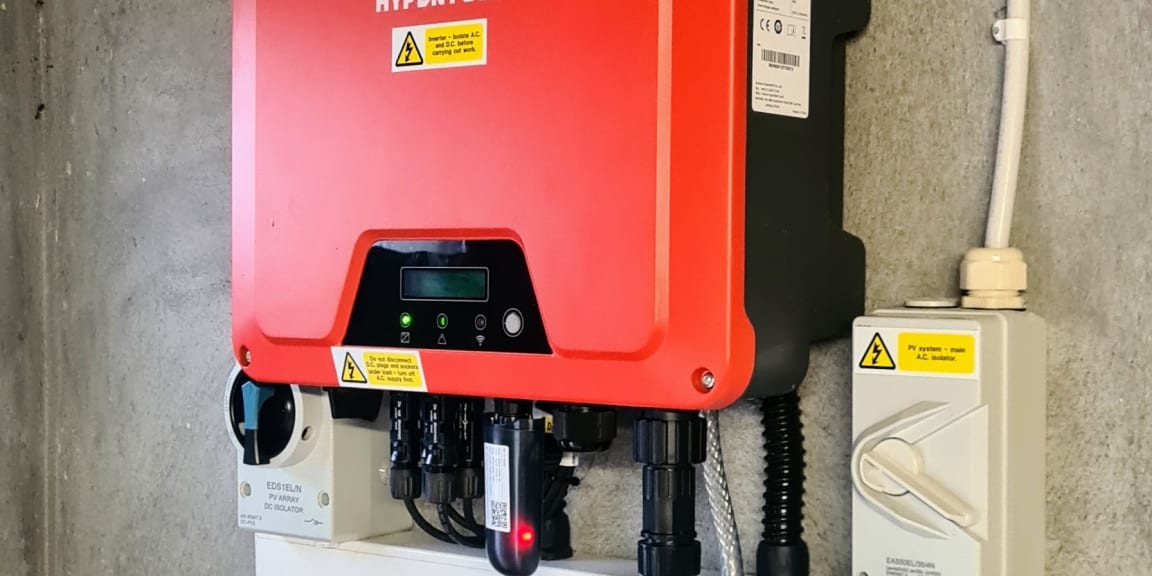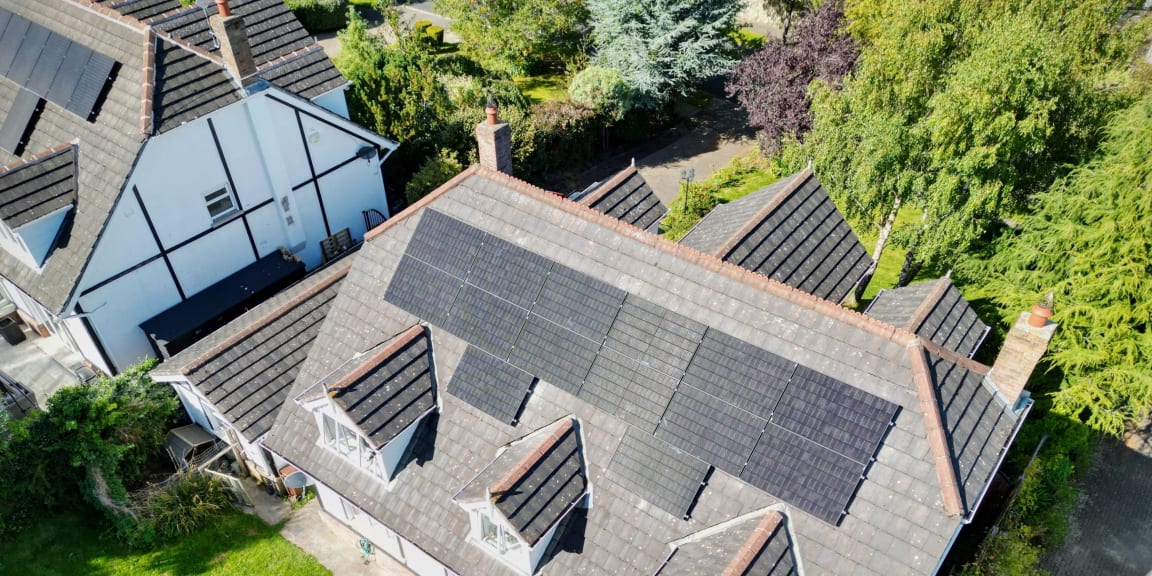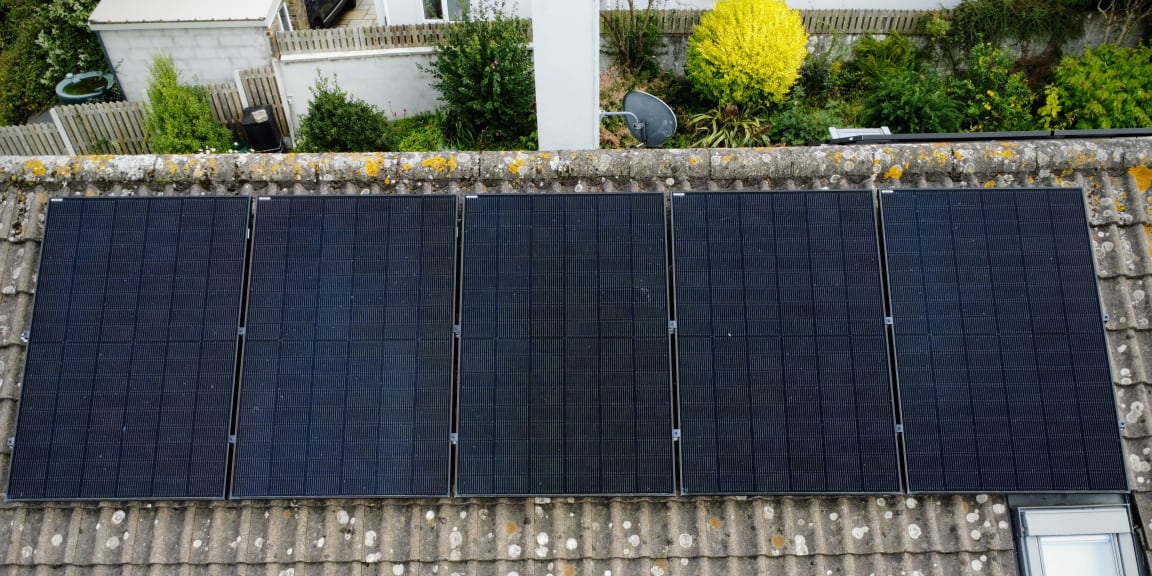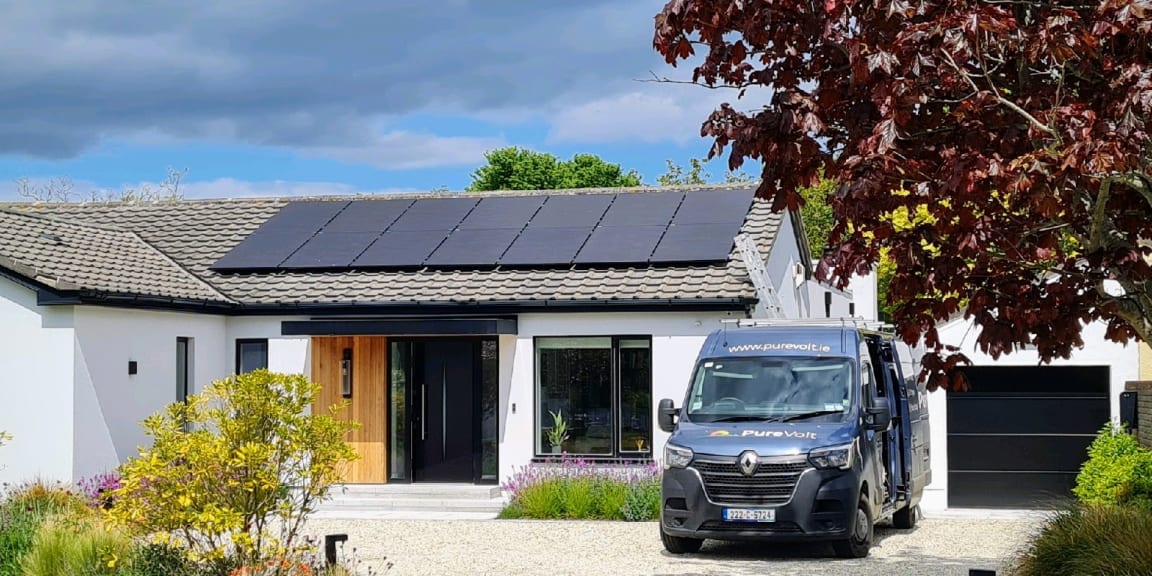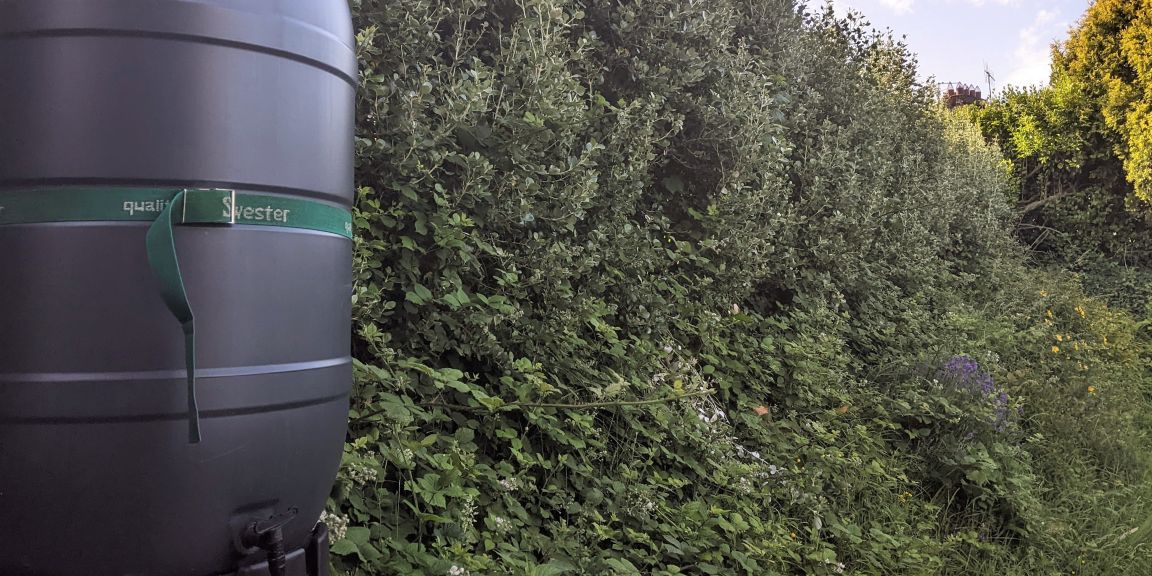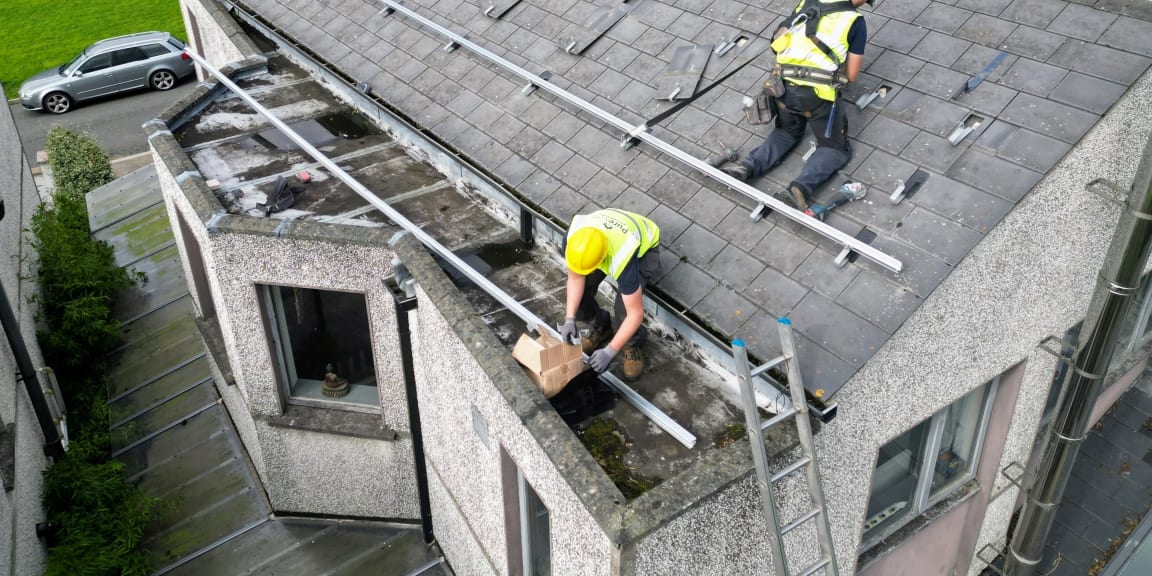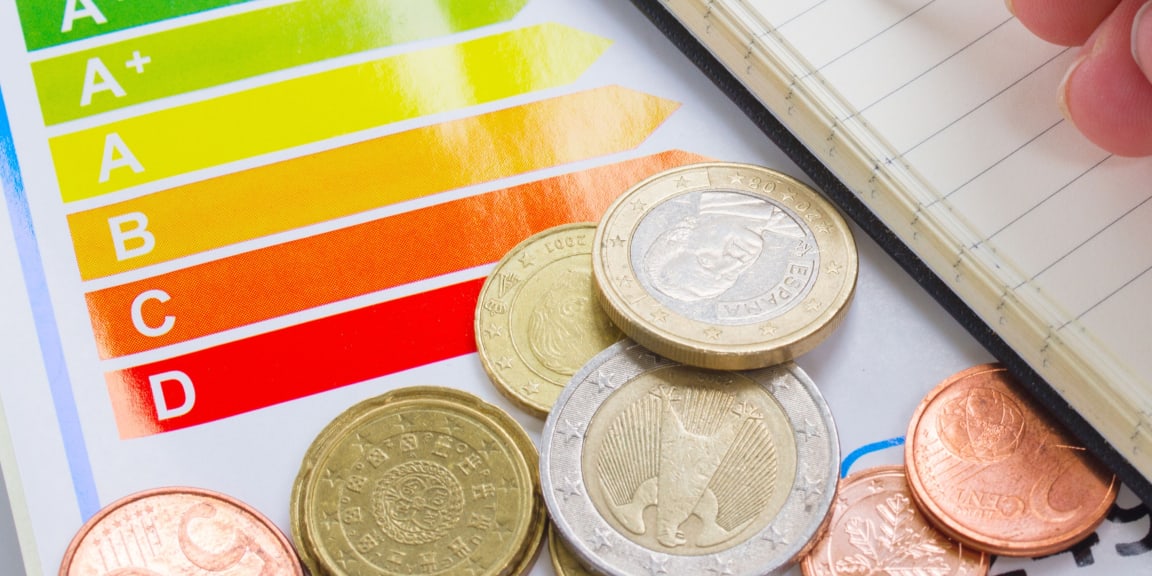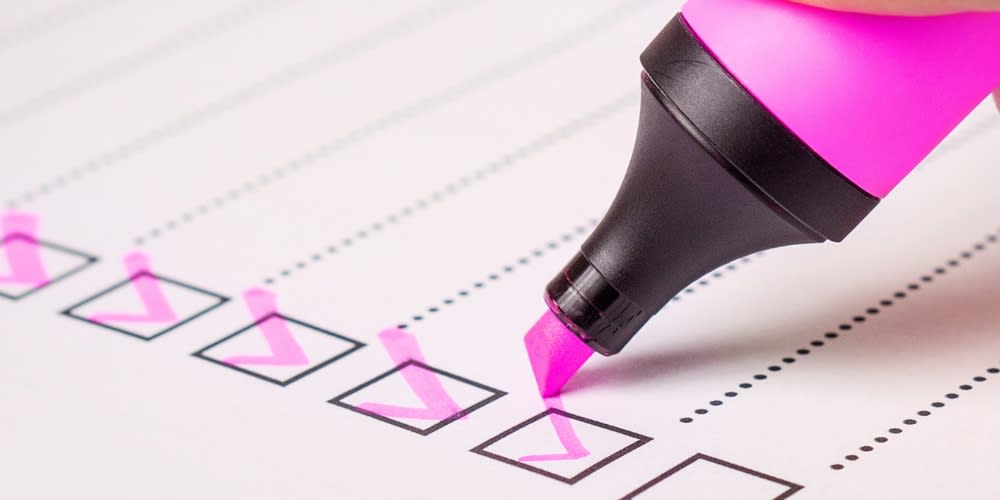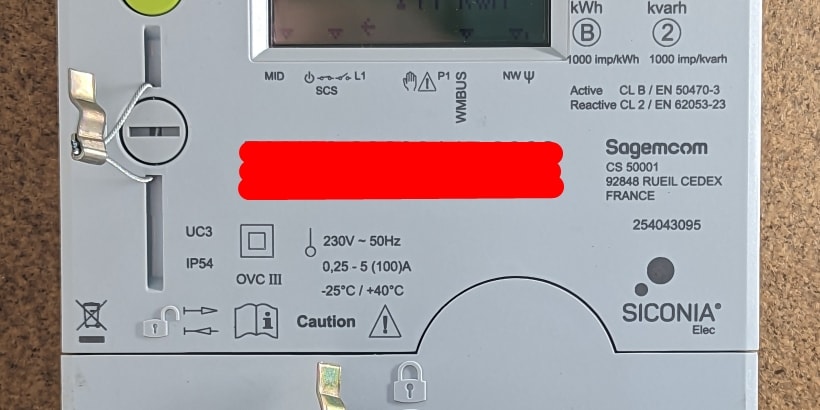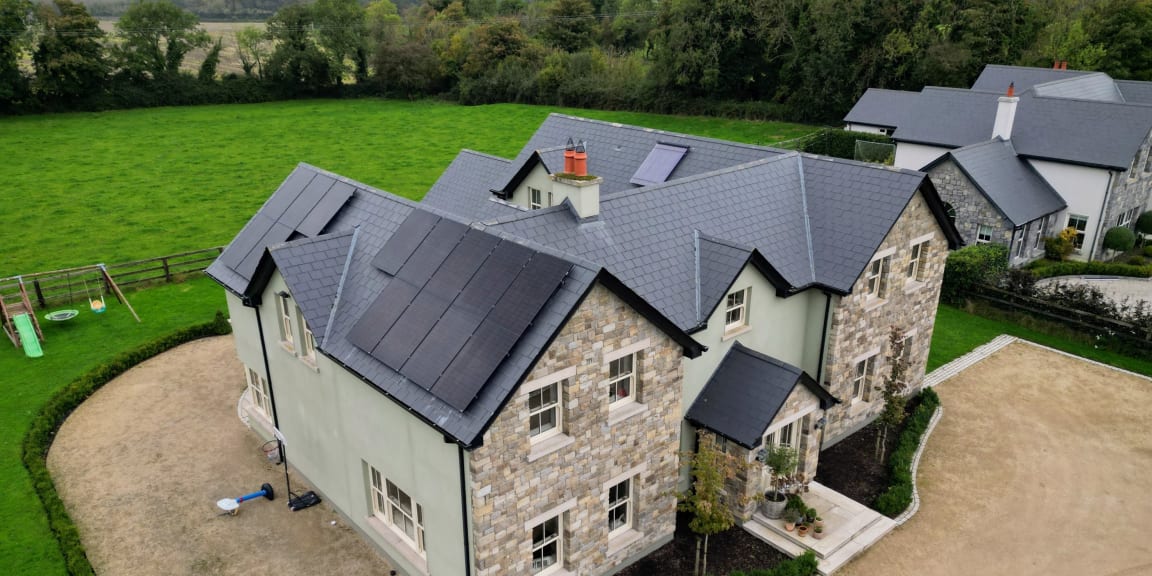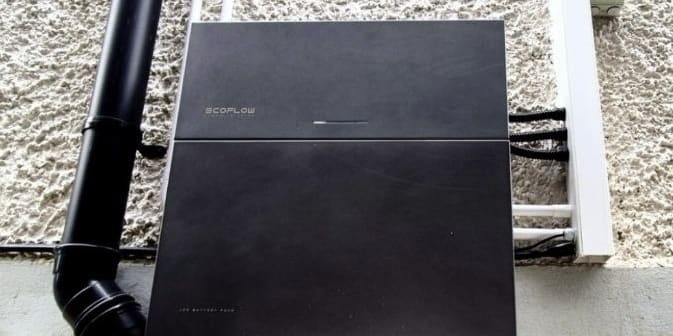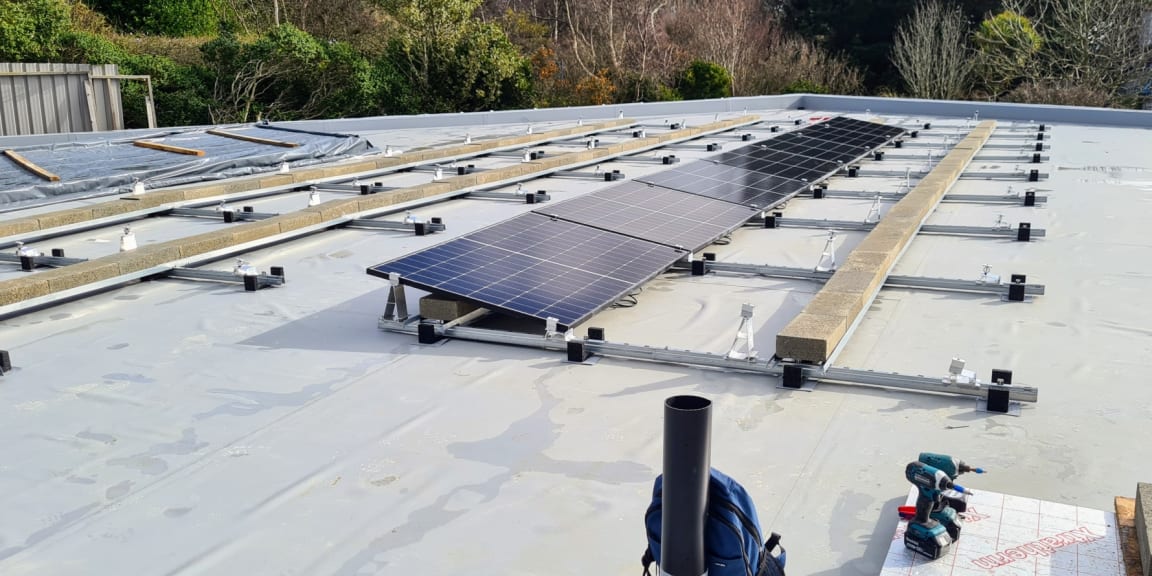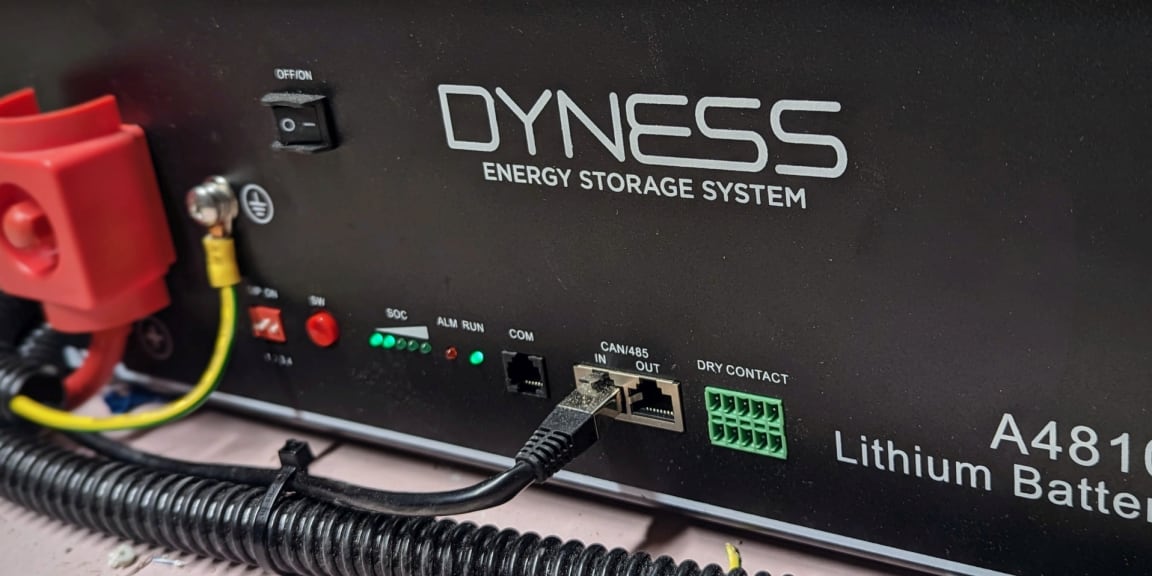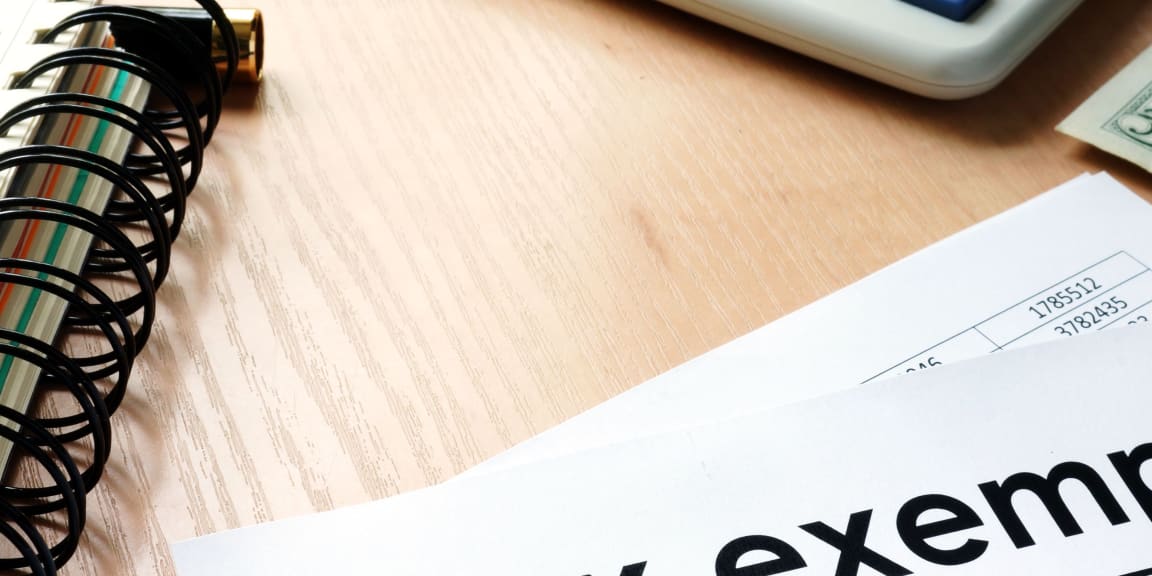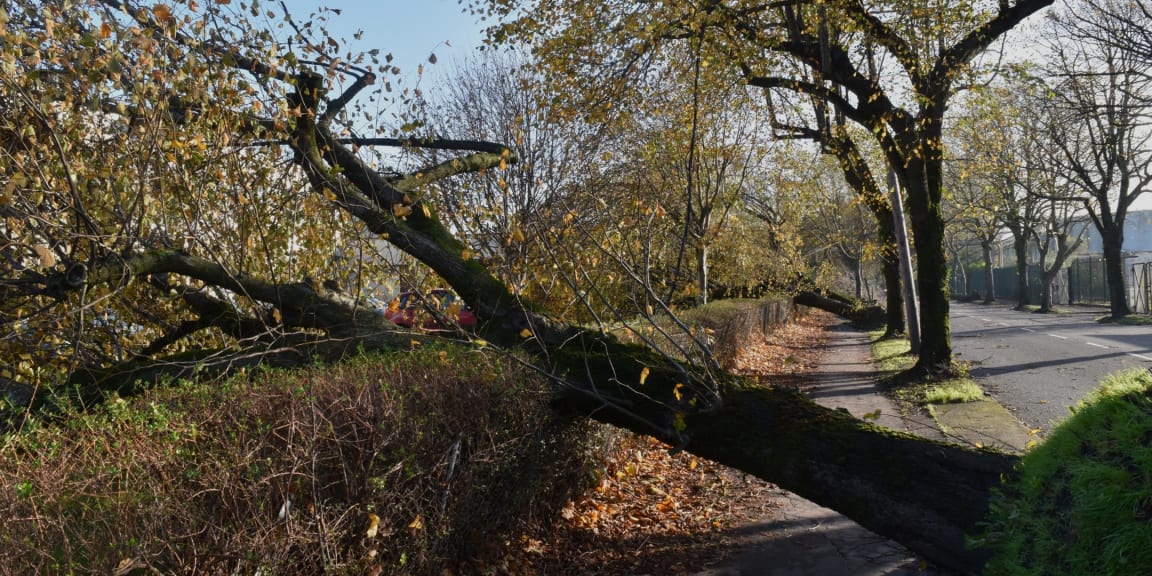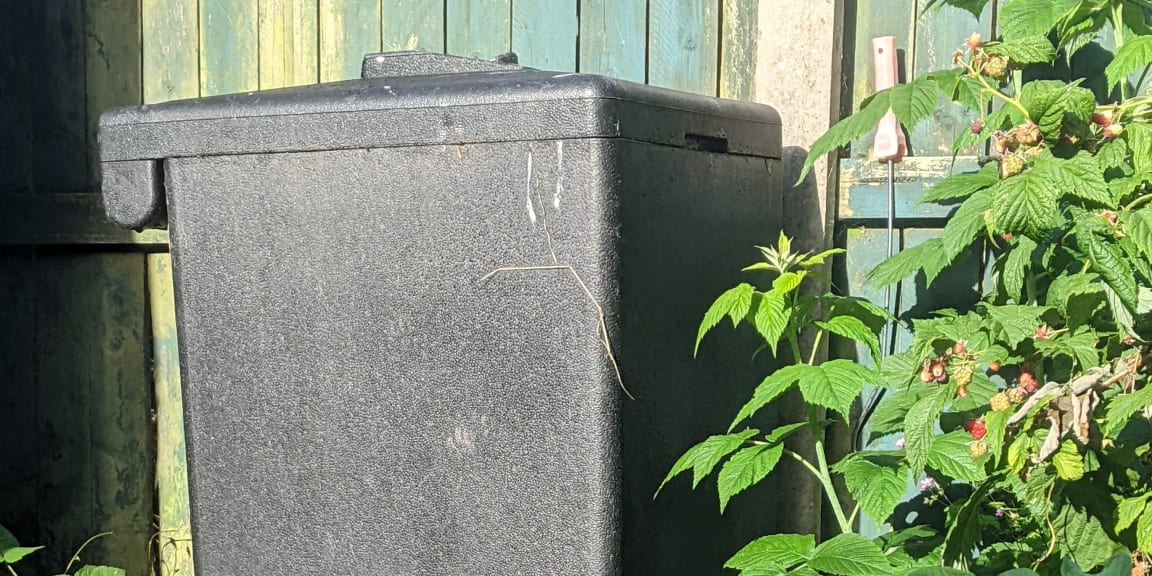
Are solar panels worth it in Ireland?
Solar panels return on investment
Solar panels in Ireland are a good investment and a typical solar PV system usually pays for itself in around 5-6 years . After that, it's free electricity all the way. The initial outlay for a solar PV system is roughly €7,000 to €10,000.
Most of our customers generate more solar electricity than the average Irish household consumes each year. So, in most cases, people can turn electricity from an expense into a source of income by selling the excess back to the grid.
Of course every house is different, and so is every family. Use this page to find out whether solar panels are worth it for you.
What do solar panels cost?
The cost of a solar PV system varies depending on the size of your roof, whether you want to add a battery etc. But as a ballpark guide, most PV systems cost roughly €7,000 to €10,000. This takes into account the government grant of up to €1,800. For more information, check out our full guide to solar panels Ireland cost and savings.
A typical price is
System pays for itself in
Typical power generation
Estimating your house size
If you decide to get a solar quote, we will do various calculations to determine exactly how many solar panels you could add to your roof. By contrast, this simple cost calculator is less accurate — giving just a ballpark idea of the price. So the number of bedrooms is an easy way for us to estimate the rough size of your roof and therefore how many panels you could add to your solar array. Want more precise figures? Use our full solar costs and savings calculator...
Battery storage
A solar storage battery is basically a very large rechargeable battery. Big enough electricity to charge your mobile phone 2000 times or do about six full loads of washing. When your solar panels generate more electricity than you're using in that moment, the excess power can be stored in a solar battery. Later, when your solar panels aren't producing enough electricity to meet your needs, the battery provides the additional power to your home. More about solar batteries...
Grant application year
The Irish government provides grant support to reduce the cost of adding solar panels to your home. But they want to incentivise people to do this sooner rather than later. So, every year, the amount of government support goes down. The maximum grant support in 2025 is €1,800. Find out more about solar grants...
Am I eligible for a grant?
97% of our domestic solar installations receive the SEAI solar grant. To qualify, the below conditions must be met.
- The property where the solar PV system is installed must be a private residence.
- The applicant must be the owner of the existing home.
- The property must have been built and occupied on or before the 31st of December 2020. The construction date of your house is determined by the installation date of your electricity meter.
- Each property can only claim the PV solar grant once. However, if you move, you can claim it again at your new home. (Assuming it doesn't already have PV panels installed).
- Use an SEAI registered solar company (we are a registered company)
- Use newly fitted materials and products and have work done that meets the SEAI's required standards
- Obtain a BER assessment once the work is completed using a BER assessor from SEAI's National Register.
Try our more detailed calculator
If you're looking for more accurate numbers, then you might want to try our more detailed solar calculator. This will help you see how many panels might fit on your roof, the units of electricity per year you might generate, and even what effect roof angle has on output.
Do solar panels work in Ireland?
Short answer: yes, solar panels in Ireland work very well. Most of the solar PV systems that we install generate more electricity than the average Irish home consumes. Here's what that looks like in practice.
What is the forecast annual power output for our past customers?
Bars in yellow indicate systems which are forecast to generate more electricity than the average Irish household consumes each year (4513 kWh).
We typically expect most of our customers to meet 75-100% of their electricity needs through their solar panels and battery storage.
If you are powering a heat pump or charging an e-vehicle, then it's possible that your solar PV system won't meet all your electricity needs. But, for a typical family home, it is entirely possible to go from buying electricity to selling it back to the grid. For more information about exporting surplus energy, check out our guide to feed-in tariffs in Ireland.
Does location affect my solar panels' performance?
Yes, your location in Ireland does make a difference to the efficiency and performance of your solar panels. But the difference is not huge. Other factors, such as shading and direction (orientation), play a much larger role. Wherever you live in Ireland, you can still generate a good amount of electricity from a typical solar PV system.
A solar array in Ireland's sunniest, south-eastern counties typically performs about 9% better than the national average. In the far northwest, the same panels produce about 8% less than the national average.
By county: Irish annual solar generation per 1kWp of panels
For more information, check out our full guide to location and solar performance in Ireland.
Will I get a grant?
97% of our domestic solar installations receive the SEAI solar grant. To qualify, you must be the owner of the property, it must be a private residence, and it must have been occupied before 2021. Finally, once your system is installed, a Building Energy Rating (BER) assessment must be completed.
For more information visit our guide to domestic solar grants in Ireland.
Is it worth adding a battery to my solar PV system?
If you're out of the house during the daylight hours, then a solar storage battery is usually a wise investment. This allows you to store the electricity you generate until you're home to use it in the evening and through the night.
Adding a solar battery requires an upgrade to a more sophisticated inverter called a hybrid inverter. Including the labour, one battery unit and the hybrid inverter, the cost of adding a battery is approximately €1,700 - €2,200.
64% of our customers choose to add at least one battery
Approximately two-thirds of our customers have opted to add battery storage to their solar PV system. Some customers choose to get more than one battery. The initial cost is higher, and the payback period can be longer, but it usually makes sense if you're out working during the day.
How many solar storage batteries have our past customers bought?
How many solar panels do I need?
The right number of solar panels varies depending on several different factors — chiefly the orientation of your roof but also its size, your typical energy consumption and a few other considerations, too.
My front door faces north or south
If your front door faces north or south, you will probably only need to add panels to the south-facing side of your roof. That could mean 8 - 14 panels depending on the size of your house. You'll get good power generation throughout the daylight hours.
My front door faces east or west
If your front door faces east or west, you will probably be best served by adding panels to both sides of your roof. That means more panels overall. An east-west facing house in Ireland might typically have 12 - 18 panels spread across both pitches of the roof. The east side will generate good power in the morning, while the west side performs well in the afternoon. Around noon, there may be a slight drop, but you'll still be producing power.
What proportion of our customers buy how many solar panels?
If you'd like to get a better idea of how many panels you might need and what they might cost, check out our detailed solar calculator.

